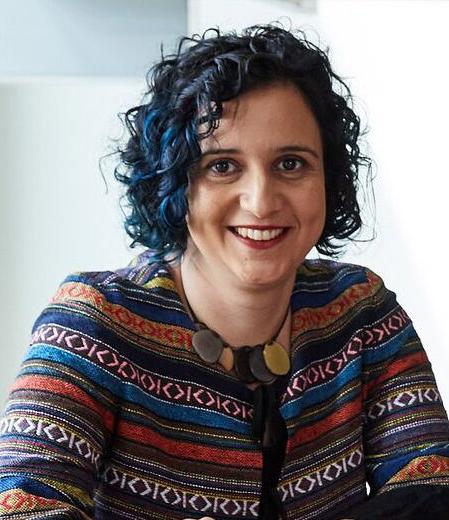Can biosensors capture the reciprocal relationships between people and plants? How can digital sensing help us reflect on the embodied nature of our relations with more-than-human-others beyond what is immediately sense-able? Can biodata help us think with and through more-than-human social and political entanglements?
Sensing Bodies is an art installation that integrates plants, biosensors, and LED data displays to examine our socio-political entanglements with plants. The installation incorporates different forms of biodata to reflect on people-plant relationships while at the same time cultivating a deeper sensibility toward embodied histories of local landscapes and colonial pasts. Through this installation, we explore how human and more-than-human bodies are co-constitutive across species and temporalities.
The installation features three interactive exhibits, each showcasing a unique plant. The plants are connected to bio-sensors that collect and display biodata through LED data displays. The data displays shift with the plant body, environmental conditions, and the interacting participant, highlighting embodied encounters as co-constructed and interdependent with more-than-human agencies. To probe the socio-political meanings of plants, we feature a selection of Georgia plantation plants: indigo, tobacco, and rice. Alongside each display, we present narratives of the specific plants to foster further reflection on the complex, ambivalent, and political entwinement of people and plants, unearthing bodily entanglements in the local landscape that go beyond the immediate biological connections foregrounded through biodata.

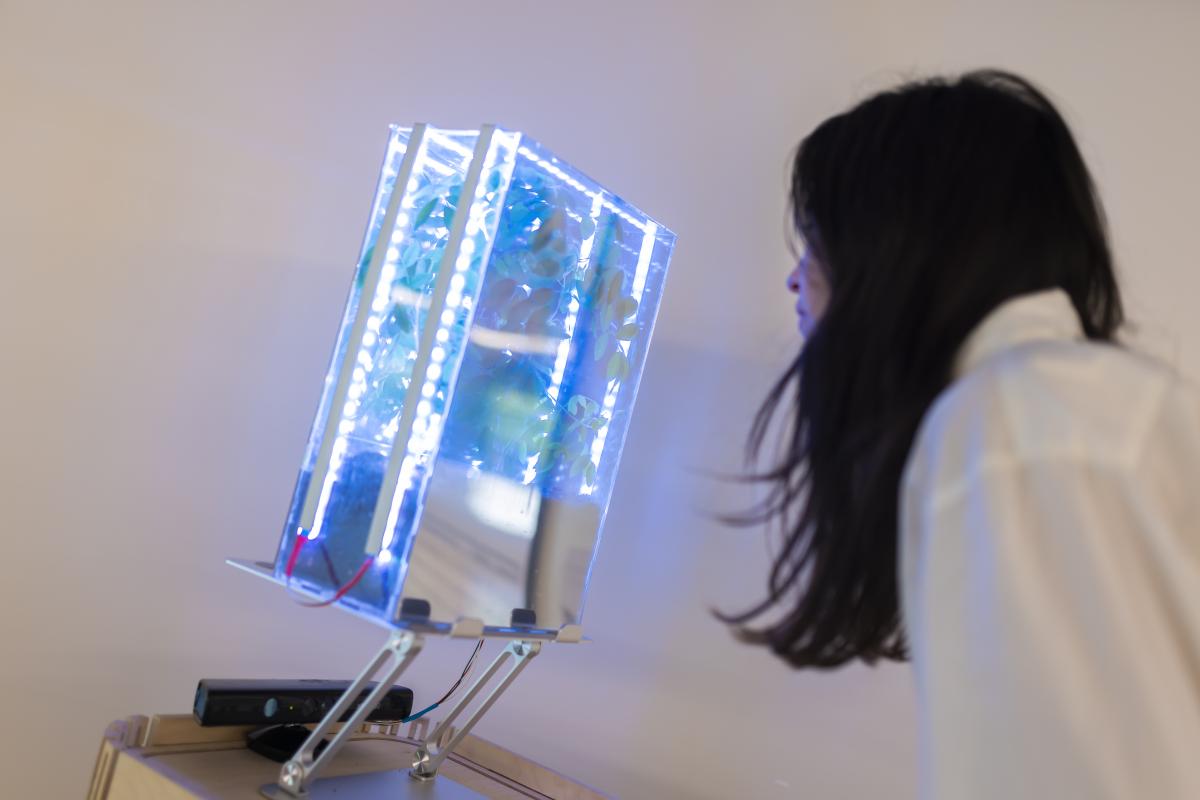
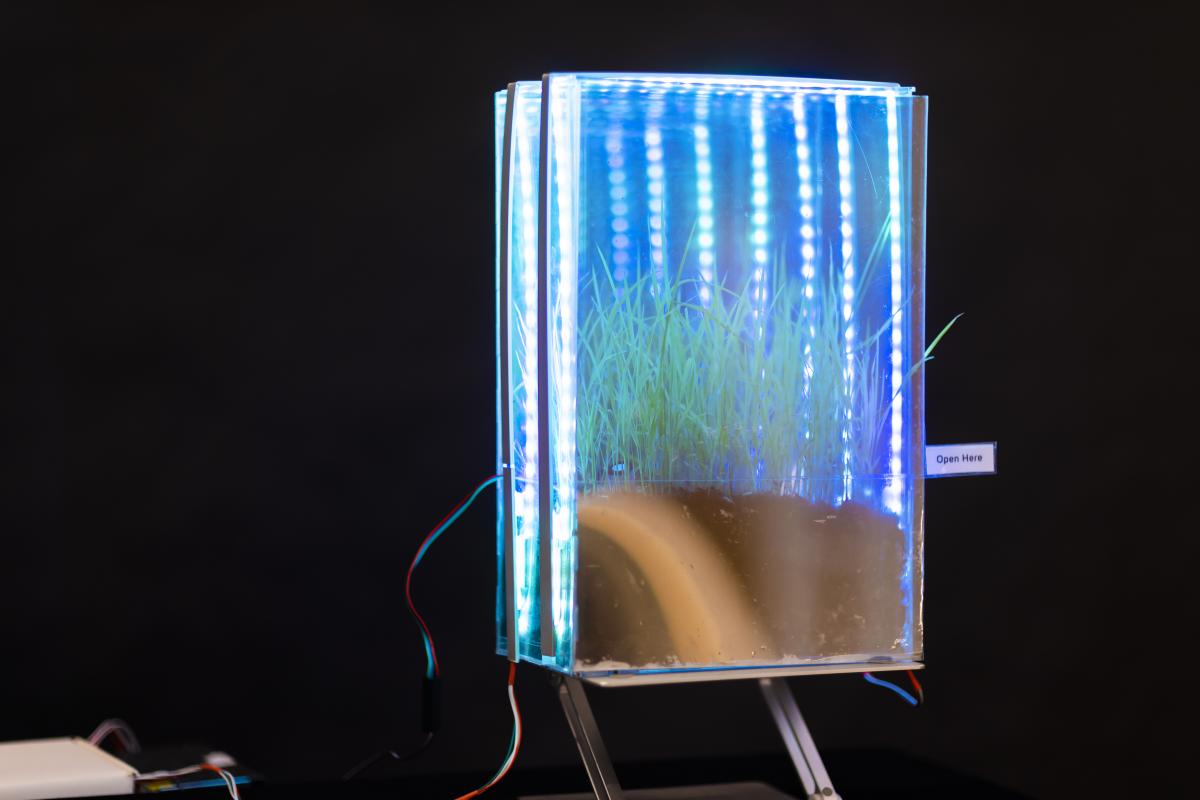
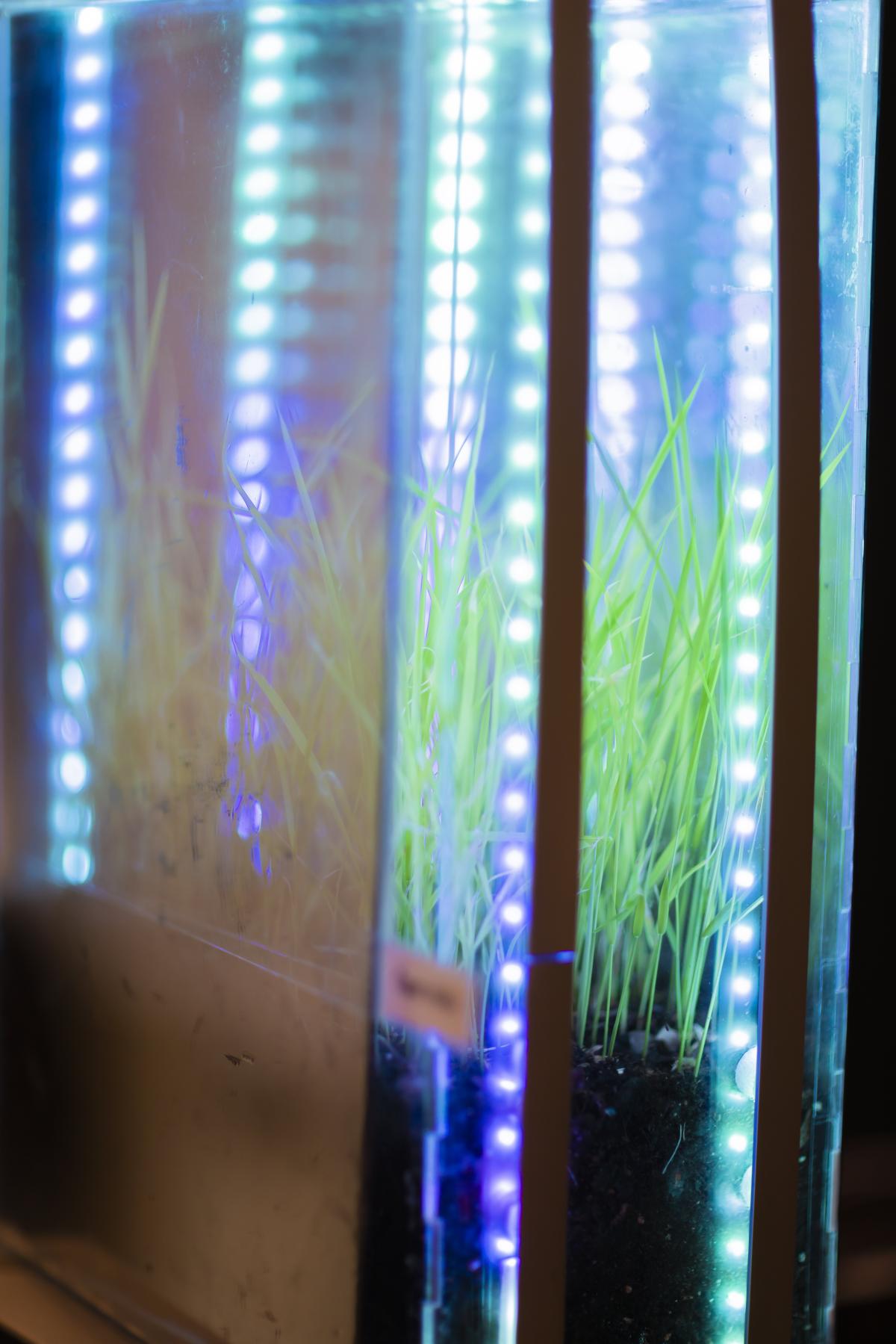
Collectively, the three exhibits are designed as an invitation to be with, feel with, and breathe with plants.
In the first exhibit, Being with Plants, participants are encouraged to approach the two-way mirror display and come close to the indigo plant. A depth sensor detects the distance between the participant and the plant, which reflects the brightness of the LED lights: brightening when the body approaches and dimming when the body recedes. The choice of indigo plants calls attention to the long and complex history of cultivation for the alluring blue dye of the plant that played a role in the legalization of slavery in Georgia.
In the second exhibit, Feeling with Plants, the participants are invited to touch the soft, tender leaves of a tobacco plant. An EMG sensor attached to the plant captures electrical signals in the plant body and triggers a spike when the plant is touched. The embodied and reciprocal connection through physical touch probes an ambivalent multi-species intimacy. Alongside this intimate interaction, the participants are invited to reflect on the labor-intensive cultivation of tobacco that relied on plantation slavery in America and its subsequent uses and misuses by tobacco companies.
In the third exhibit, Breathing with Plants, rice plants invite participants to breathe in its scent while an oxygen sensor captures readings from the atmosphere, the plants’ photosynthesis process, and the breath from the human participants. The material exchange of breath blurs bodily boundaries, serving as a reminder of different ways of relating to more-than-humans that existed in non-western epistemologies before colonial, capitalist forms of being.
Through embodied interactions with three plantation plants, each exhibit crafts an intimate encounter with complex histories of more-than-human interactions in the U.S. South. We use sensing practices to facilitate reflection on different forms of bodily entanglements on plantation landscapes, highlighting social differences and colonial histories in engagements with more-than-human narratives.

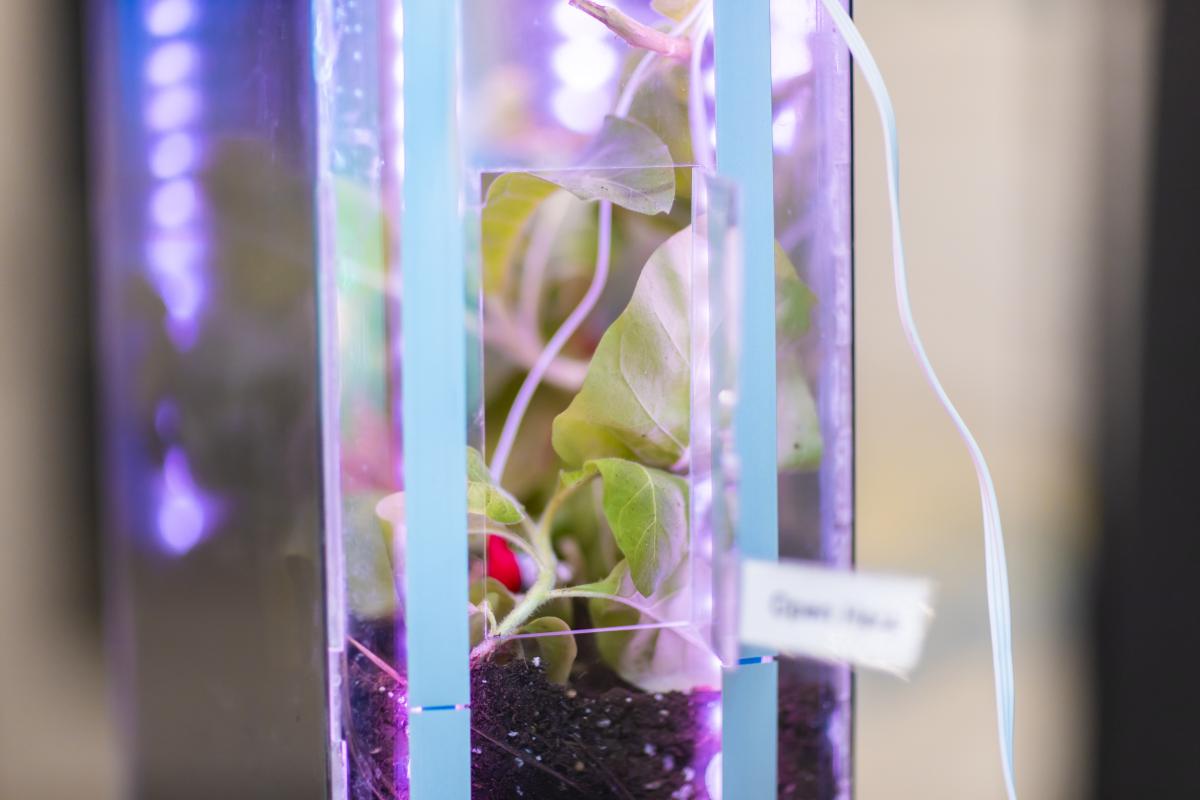
Sylvia Janicki
I am a PhD student in the Design & Social Justice Studio at Georgia Tech’s Digital Media program. My academic research lies at the intersection of Science and Technology Studies, Design Research, and Human-Computer Interaction. I integrate theory with making practices to create tangible embodied interaction designs with sensing technologies and biodata displays to explore different ways of knowing and relating to others. My current work draws heavily from disability theory and lived experiences of chronic illness to reflect on body-environment relationships and relational experiences in place.
Prior to Georgia Tech, I studied and practiced Landscape Architecture for many years in Wisconsin and Washington State, focusing on sustainable urban design and accessibility in the built environment. I also worked as a design researcher and free-lance visual designer in Taipei, Taiwan, where I grew up.
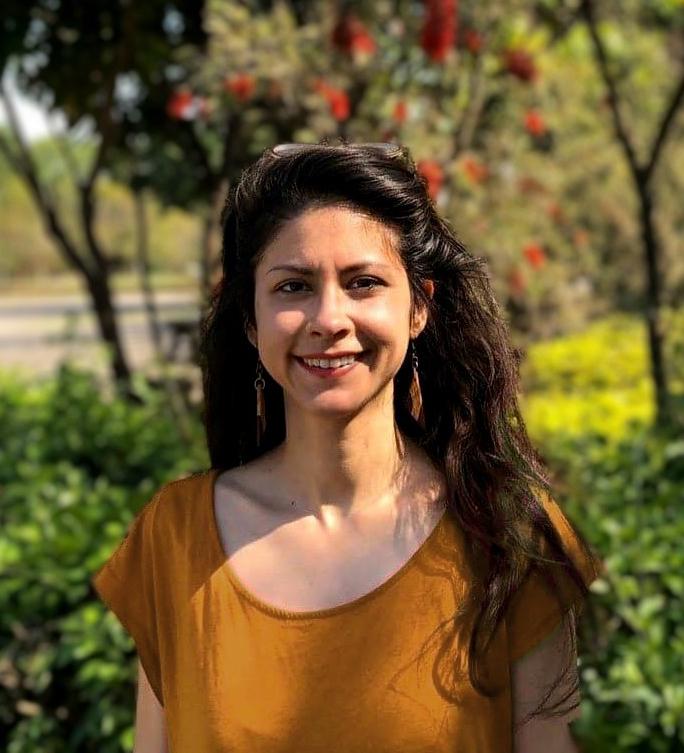
Nassim Parvin
Dr. Parvin is an associate professor at the digital media program at Georgia Tech, where she also directs the Design and Social Justice Studio. Her research explores the ethical and political dimensions of design and technology, especially as related to questions of democracy and justice. Rooted in pragmatist ethics and feminist theory, she critically engages emerging digital technologies—such as smart cities or artificial intelligence—in their wide-ranging and transformative effect on the future of collective and social interactions.
Her interdisciplinary research integrates theoretically-driven humanistic scholarship and design-based inquiry. She both writes traditional scholarly papers and makes digital artifacts that illustrate how humanistic values may be cultivated to produce radically different artifacts and infrastructures. Her papers have appeared in design venues (such as Design Issues), human-computer interaction venues (such as ACM CSCW), as well as science and technology studies (STS) venues (such as Science, Technology, and Human Values). Her designs have been deployed at nonprofit organizations, such as the Mayo Clinic, and exhibited in venues such as the Smithsonian Museum, receiving multiple awards and recognitions. She is an award-winning educator and one of the lead co-editors of Catalyst: Feminism, Theory, Technoscience, an innovative journal in the expanding interdisciplinary field of feminist STS.
